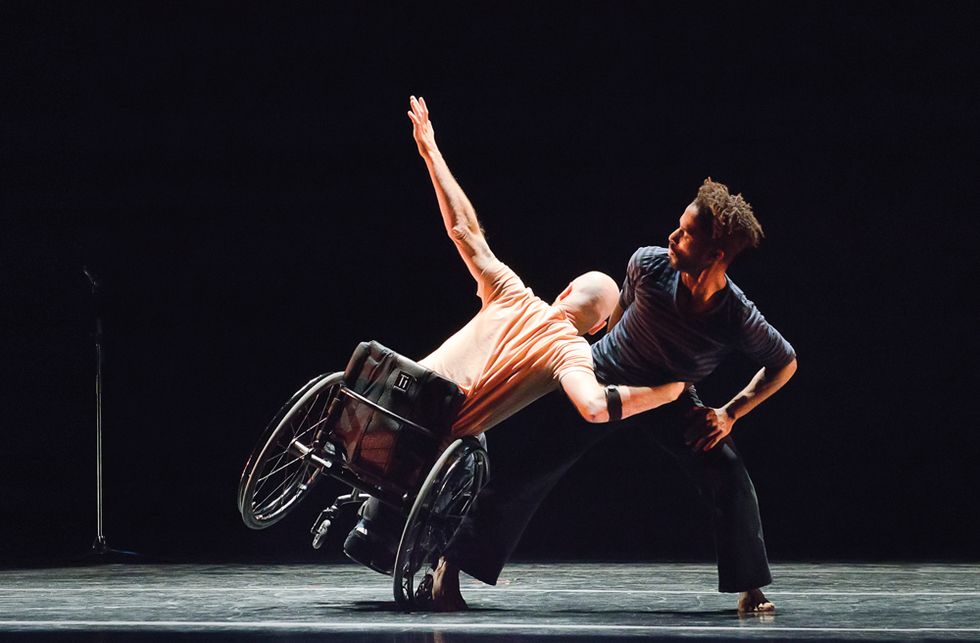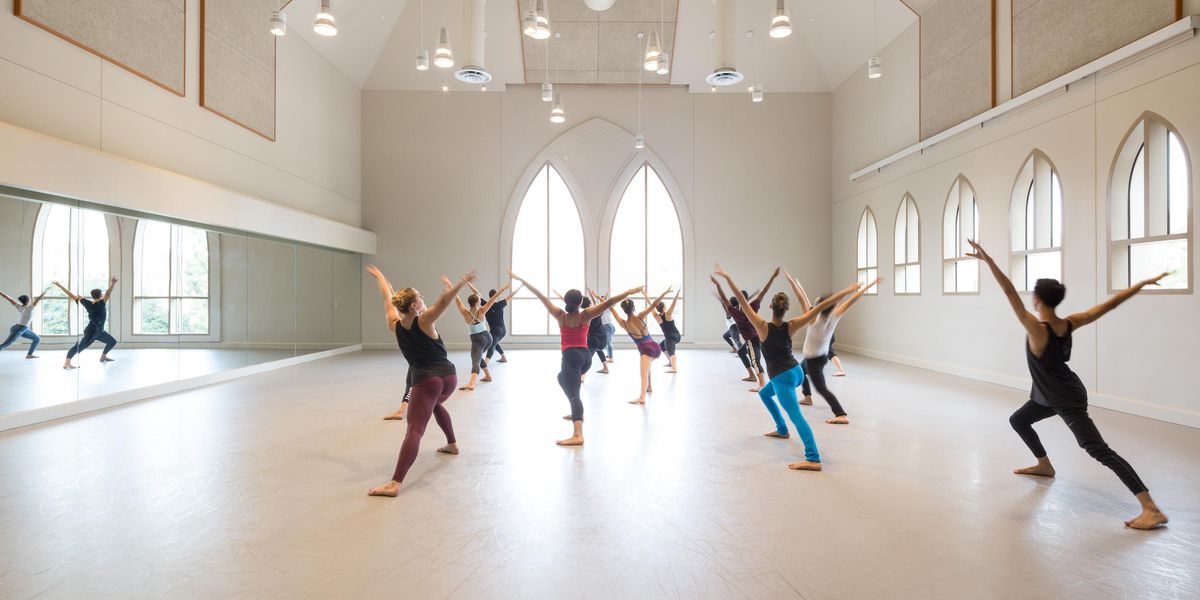3 Reasons To Abolish the NEA—And Why They're Wrong
The White House budget office has drawn up a preliminary list of programs it could eliminate to cut spending. And in a strike to our hearts here at Dance Magazine, it includes the National Endowment for the Arts.
This is little surprise: The NEA has been a perennial target for fiscal conservatives ever since it was launched in 1965. (Which, in perversely good news, means we already know how to put up a good fight.) But why is the NEA so often on the chopping block?
Argument: It’s a Waste of Taxpayer Dollars
If the administration’s truly looking to save money, slashing the NEA won’t do much. As Metropolitan Museum of the Arts director Thomas P. Campbell pointed out in an op-ed in The New York Times last week, the NEA’s budget is “minuscule”: $148 million last year. That’s 0.004 percent of the total federal budget. Also known as just 47 cents per American. Or about a third of what we spend on military bands each year.
Basically, if you’re looking at the big picture, it’s chump change. Yet for artists who work on a shoestring budget, it can change everything.
It’s been reported
that the administration is aware of how negligible the impact of cutting this funding would be, but it wants to make an example of “wastes of taxpayer money.”
But dismissing the NEA as a “waste” is sorely short-sighted. Looking at it from a purely economical standpoint, the money shows an incredible return on investment. Last week, a letter written by 24 Democratic, Republican and Independent senators to the President pointed out that the arts and culture sector is a $704 billion industry, or 4.2 percent of the nation’s GDP. That accounts for more than 4 million American jobs—and generates $22.3 billion in government revenue.

Axis Dance Company is funded by the NEA. Photo by Kyle Froman.
Argument: The Arts Should Be Funded by Private Donors, Not the State
In the U.S., the arts get far less government money than is typical in other countries (looking at you, Europeans). We largely rely on donors from the private sector—which makes many people believe that we should just cut out government support altogether.
But as Dance/USA reminds us, the NEA is the only organization in this country that gives money to the arts in all 50 states, bringing art to communities that might otherwise have none.
Sure, New York City will probably always have projects underwritten by private funders (we love you! and thank you!), but can the same be said out in Beattyville, Kentucky? I can’t imagine David Koch underwriting ballets in rural America. And Kickstarter isn’t going to be held responsible for making sure that a significant portion of its campaigns fund projects in low-income neighborhoods.
Plus, NEA funding stimulates private investments. A rare joint statement put out by all 11 Lincoln Center organizations yesterday wrote: “Because it is so successful and its imprimatur so prestigious, every dollar the NEA contributes leads to nine additional dollars being donated from other sources.” Not only does the agency collaborate with private foundations, but donors notice which organizations have support from such an authoritative source.
The NEA funds Eliot Feld’s tuition-free Ballet Tech school in New York City.
Argument: The Arts Can’t Be a Priority When So Much Else is at Stake
This one has been discussed and dissected and debunked since before I was born. But I will add this: Right now—when everyone only reads the news that tells them what they want to hear, when it’s next to impossible to have a conversation with someone who doesn’t share your viewpoint—this is when we need art most of all.
Using nuance and creativity, the arts can transport us to new worlds, show us different experiences, help us understand opposing opinions, and imagine alternate possibilities.
Dances like Paul Taylor’s Company B can slyly illuminate the hypocrisy of American patriotism. Others, like Merce Cunningham’s Biped, can provoke questions about our own transient existence. Or they can capture the feverish energy and egalitarian ideals of a generation, like Justin Peck’s Everywhere We Go.
Yes, all three of those dances were funded in part by the NEA. And I, for one, don’t want to imagine a world without them.





